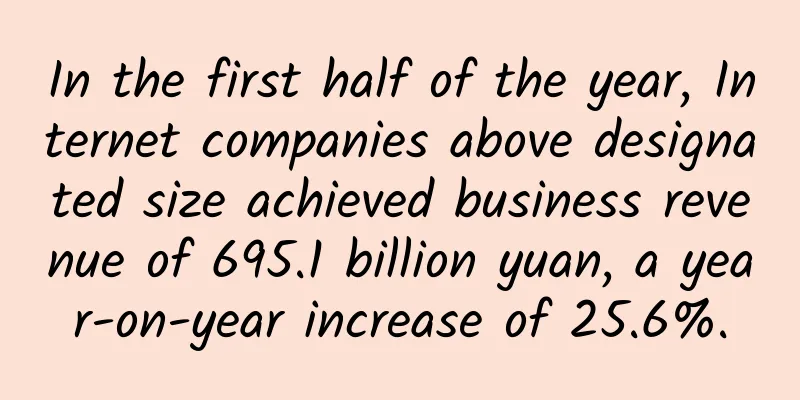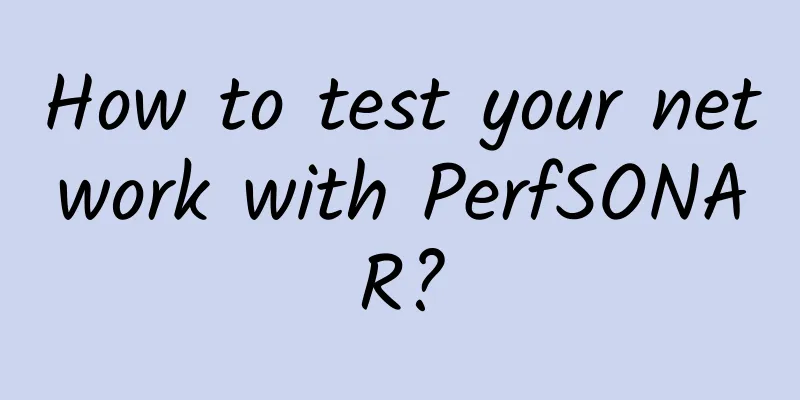Industrial IoT is so important to enterprises that future security is also a focus

|
Today, the use and growth of mobile technology has created a fast-paced society where people have become accustomed to instant information and immediate feedback. For companies in the manufacturing and logistics industries, by making greater use of the Industrial Internet of Things, they can better meet the new demands of the new era. Industrial IoT involves the application of IoT technology in manufacturing processes and supply chains. In addition to data from devices and sensors, the Industrial IoT strategy should also incorporate machine learning and big data technologies, using a combination of existing sensors, machine-to-machine (M2M) communications, and automation technologies to provide companies with more insights.
According to the 2016/2017 Industrial Analysis, 69% of decision makers see industry analysis as an important way to achieve their goals, so it has a profound impact on the company's ecosystem. The potential of emerging technologies is huge, is constantly evolving and is developing at a breakneck pace. Therefore, it is imperative that businesses consider how best to adopt the Industrial Internet of Things as part of a plan to benefit the business. In turn, this level of insight can aid future business decisions and success. What benefits does the Industrial Internet of Things bring? Companies in the manufacturing industry often own and operate a large number of industrial equipment, all of which need to be monitored and maintained. For existing deployments, the Industrial Internet of Things makes it possible to improve decision-making in the manufacturing process based on more accurate data. It can also be used to improve production quality and uptime, as data collected from devices and sensors on the network can enable real-time and predictive maintenance of production equipment. The main idea behind the Industrial Internet of Things is to make machines smarter and more efficient than humans in making decisions. This relies on accurately and consistently capturing and delivering data. Many companies are now developing cutting-edge sensors that measure with high precision. This data can be coupled with real-time analytics to parse out how machines are performing. Using machine learning, the system can be trained to spot potential patterns that will give indications of future failures. If the results are concerning, they can be investigated immediately. This information previously took weeks to discover and relied on the availability of skilled professionals at each location. Now, using real-time data can help those with the right skills monitor more machines across multiple locations, making maintenance decisions faster. In turn, manufacturing efficiency can be greatly accelerated. In addition to predictive maintenance, machine learning also has great potential for improving industrial performance. To do this, companies need to understand all the available data, quantify it, and provide deep insights on how to best conduct manufacturing processes based on the information received. Machine learning can be used to demonstrate how to improve performance and provide faster results at the same level of investment. In the manufacturing industry, time is money. With the implementation of an Industrial IoT strategy, from individual sensors to available analytics and automation, manufacturers can make better business decisions around overall efficiency and cost. An Industrial IoT strategy also has great potential in sustainable and green production practices and supply chain traceability. As the “circular economy” is applied in enterprises, all elements from products to packaging should be reused and recycled throughout the value chain, and the implementation of Industrial IoT is crucial to track the results. Why security is key for the Industrial Internet of Things: Threats businesses should be aware of In addition to implementing IIoT systems to meet business needs, companies should also be aware of the security implications. Every IIoT device connected to the network can be a potential entry point for attackers, so as the number of devices used continues to increase, the need for secure networks will become more important. Cyber attackers are getting more creative in their attempts to gain access to networks. For example, security service Darktrace recently discovered that a malware group had attempted to gain access to a casino network through a fish tank's network connection. Therefore, anything with an IP connection should be secured before being allowed onto the network. Each device should also have a method and path to upgrade and patch so that any flaws are fixed. There is a lack of established best practices when it comes to information technology and operational technology. However, it is worth mentioning that some standard IT security operating procedures can be used in industrial IoT management systems, as this approach provides a good start for a secure network. In order to keep the network secure, these management tools should be considered as attack vectors. Industrial IoT systems require the following eight security requirements to ensure that the entire system is protected from attacks: 1. Authentication - Anyone who needs access to the network needs to be authorized. Implementing authentication policies using role-based access control and auditing to track who is allowed to join the network and when those accounts are used is an important part of an enterprise IT infrastructure strategy. 2. Encryption - To control the data that is returned from the device to the central application, encryption is required. However, this encryption should not affect the speed at which the data is processed. 3. Transmission - The transmission mechanism from one device to another or the central system to get data from the device should be considered. Is the device transmitting data through a wired network or will it be transmitted through a wireless network? For logistics and supply chain companies, it may be necessary to use a telecommunications network to track vehicles. Whether its transmission method is wired or wireless, it needs to be secure and flexible to upgrade to the latest communication protocols. 4. Tamper-proof- This step ensures that the device is monitored and checked to see if it has been tampered with. This can be mechanical, hardware and software tamper detection. 5. Data storage - All data storage must be secure. Data is often stored at the edge and can hold critical system data such as operating software. Additionally, over the life of the device, storage capacity will likely need to be expanded, which needs to be done without losing security integrity. Similarly, the central data set also needs to be protected as it constitutes a critical business asset. 6. Software Upgrades Over the Air - Industrial equipment has varying life spans and often requires updates. Industrial IoT systems need to be able to be updated securely and wirelessly. 7. Segmentation - A flat network structure is the most common approach used in production environments, and any flaw in a device can expand and affect the entire network. Therefore, a segmentation approach is used in operational technology to reduce the attack surface and minimize this risk. 8. Multiple layers - Operational technology is not easily patched, so the Industrial Internet of Things is often built on top of the operational technology network and operates in a separate network layer, which then communicates with the data aggregation and analysis layer to protect the network. Security in layers such as these is used to protect the production environment as additional sensors and gateways that communicate with the IT infrastructure outside the network become a threat. Therefore, as the breadth and depth of technology increase, ensuring the secure operation of the Industrial Internet of Things is imperative. |
<<: How much will the operator's 1G traffic fee be reduced to?
Recommend
South Korea's largest telecom operator's server failure caused widespread Internet outages
According to CCTV Finance, starting at 11:20 a.m....
NASA thinks the moon will soon have its own internet
It's been nearly 50 years since astronauts la...
5G and emerging technologies drive data center growth in India
Since 2018, India has made great strides in advan...
SpartanHost: Seattle High Defense E5 series KVM restock, 1G memory, 15GB NVMe hard drive, 2TB/10Gbps monthly payment of $5
SpartanHost is a well-known foreign VPS hosting c...
Riding the sail of open source, taking advantage of the official certification exam, stand out in the NGINX field
[Original article from 51CTO.com] Since the offic...
Bluetooth vs. Bluetooth Low Energy: A Detailed Comparison
Bluetooth Technology Overview When it comes to th...
80VPS: US 8C cluster server monthly payment starts from 800 yuan, Hong Kong 8C cluster server monthly payment starts from 1000 yuan
Recently, some readers asked about cluster server...
Understand the HTTP request process in one article. If you don't believe it, you still don't know it
Prerequisites OSI architecture TCP/IP related pro...
Verizon expands 5G enterprise network to 24 cities in the U.S.
Beijing time, April 16th morning news, the larges...
What is 6G and the future of wireless?
While 5G is still being rolled out to replace the...
DogYun New Year Promotion: 30% off on Elastic Cloud/20% off on Classic Cloud, starting from 16 yuan/month, top up 100 yuan and get 10 yuan free
The Lunar New Year is here, and DogYun has launch...
How should the system's facade API gateway be designed?
As the popularity of his e-commerce website grew,...
Hand-write a Nodejs program that imitates WeChat login
[[357291]] Preface First, let’s take a look at a ...
How to play the NB-IoT game in 2019?
NB-IoT technology is a low-power wide area networ...









